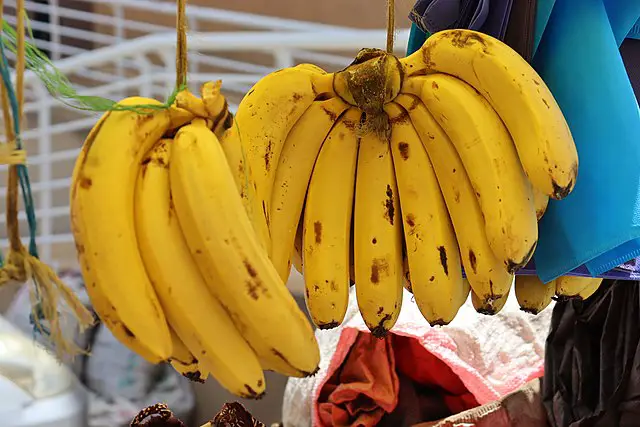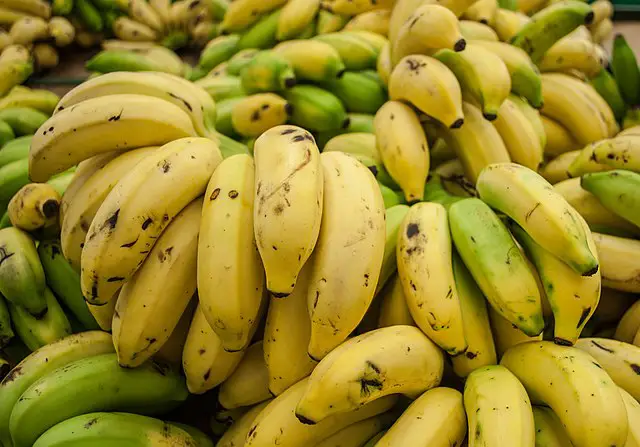Imagine walking into a grocery store, reaching for a basket of bright red strawberries, and confidently thinking, “These are berries.” But what if I told you that strawberries are not berries at all? In fact, those yellow bananas sitting on the shelf next to them are berries—at least according to science. Confused? You’re not alone. The truth about berries is so mind-bending that even some botanists shake their heads at how misleading our everyday language has become. So, let’s untangle this fruity mystery and find out why your childhood understanding of berries is completely wrong.
What Makes a Berry… a Berry?
Most of us think of berries as small, juicy, sweet fruits that we can pop into our mouths. But science has a much stricter definition. In botany, a berry is a fleshy fruit that develops from a single ovary and has multiple seeds embedded inside its flesh. That’s it. No size requirements, no color specifications, and absolutely no rule about sweetness.
Under this definition, tomatoes, eggplants, grapes, and yes, bananas, all qualify as berries. Meanwhile, raspberries, blackberries, and strawberries don’t make the cut. Why? Because they don’t follow the botanical rules that define a berry.

Why Aren’t Strawberries Berries?
Strawberries break all the berry rules. Instead of forming from a single ovary, they develop from multiple ovaries of a flower, which means they belong to a completely different category called an aggregate fruit. Those little “seeds” on the surface of a strawberry? They’re actually individual fruits, each containing a tiny seed inside. So, in a bizarre twist of fate, a strawberry is not a berry, but each tiny dot on its surface technically is. Mind-blowing, right?
Bananas: The Most Unexpected Berry
Now, let’s talk about bananas. They don’t look, taste, or behave like what we think of as a berry. But when you break it down scientifically, bananas tick all the boxes. They develop from a single ovary, have a fleshy interior, and contain multiple small seeds (though modern bananas have been selectively bred to have tiny, almost invisible seeds). That means bananas qualify as true berries in the strictest botanical sense.
This same logic applies to cucumbers, pumpkins, and even watermelons. Yes, watermelons are technically giant berries known as pepos—a special category of berries with thick rinds. Who knew fruit classification could be so weird?
So, What About Raspberries and Blackberries?
Raspberries and blackberries suffer the same fate as strawberries. They may have “berry” in their names, but they are aggregate fruits, meaning they form from multiple ovaries instead of a single one. Each little round bead you see on a raspberry or blackberry is an individual fruit with its own seed inside. So, ironically, the fruits we call berries the most are actually the biggest impostors.
Why Does This Even Matter?
Besides being a great conversation starter, understanding the real definition of berries helps us appreciate the complexity of the plant world. It also reveals how language and science don’t always align. Common names are based on appearance, taste, and culture, while scientific classifications rely on plant structure and evolution.
The berry mix-up also shows us how humans have shaped the fruits we eat. For example, wild bananas had large, tough seeds inside, but we selectively bred them to be more convenient for consumption, blurring the line between what nature intended and what we enjoy today.
Final Takeaway: The Berry Confusion Explained
1. Bananas, tomatoes, eggplants, grapes, and watermelons are true berries.
2. Strawberries, raspberries, and blackberries are not berries—they’re aggregate fruits.
3. Our everyday fruit names are based on tradition, not science.
Next time someone offers you a “berry smoothie,” you’ll know the truth: unless it has bananas, tomatoes, or grapes in it, it’s probably not a real berry smoothie at all! Science has a way of making the ordinary feel extraordinary, and when it comes to fruit, the reality is juicier than fiction.

